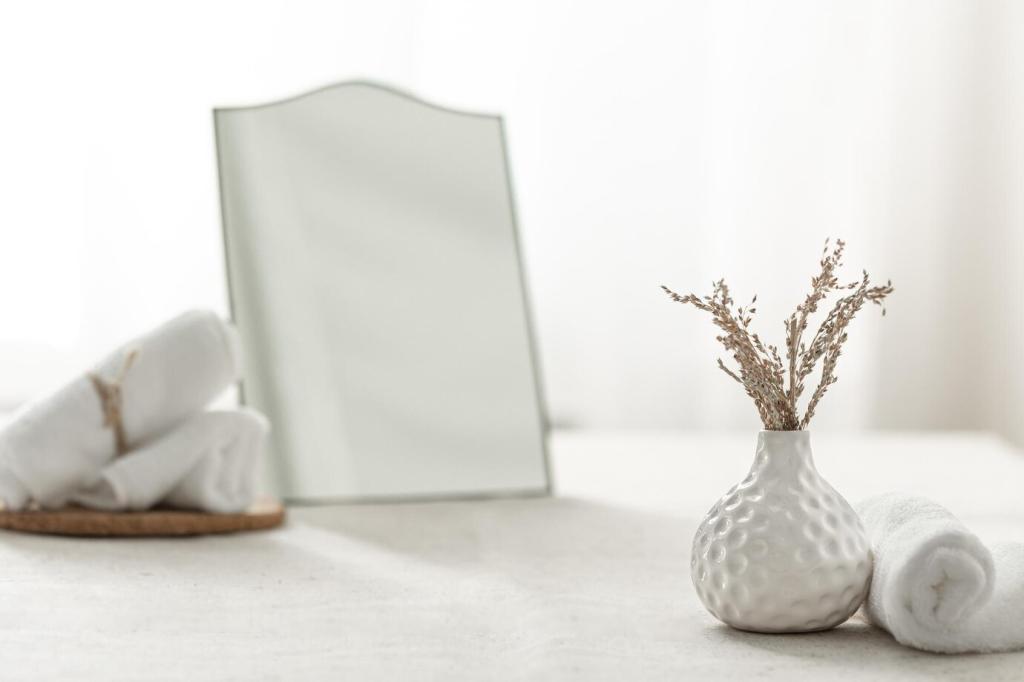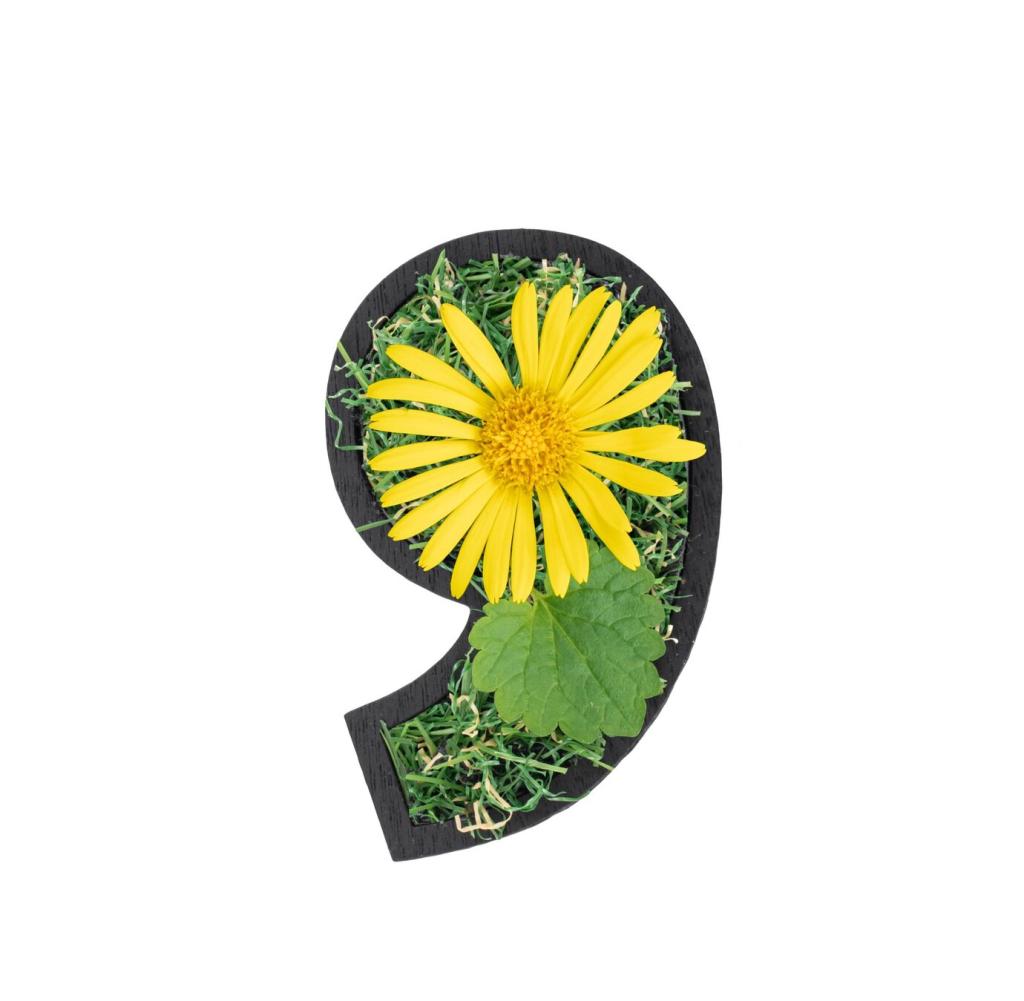The world of interior design is rapidly evolving as sustainability takes center stage. Modern green interiors are more than a passing trend—they are essential for future-forward homes and workspaces. As the urgency to protect the environment grows, designers and individuals increasingly seek out innovative ways to create spaces that are both stylish and eco-friendly. This page explores the key trends that are redefining how we approach interior design, with a focus on conscious choices, renewable materials, and harmonious living environments that support both people and the planet.
Embracing Circular Design Principles
Eco-Friendly Material Selection
Choosing the right materials is fundamental to green interiors. Designers are shifting away from traditional options in favor of recycled, upcycled, or rapidly renewable resources. Materials like reclaimed wood, bamboo, cork, and recycled glass are becoming more mainstream, reflecting a commitment to reducing deforestation and energy consumption. This careful selection not only reduces the carbon footprint of a space but also ensures that its aesthetic value remains uncompromised. Additionally, the demand for non-toxic paints, sealants, and finishes is growing, contributing to healthier indoor environments and making sustainability a tangible part of everyday life.


Furniture for Future Generations
The furniture industry is undergoing a paradigm shift toward longevity and adaptability. Timeless design, modular pieces, and high-quality construction are prioritized to extend product lifespans. Moreover, refurbished and vintage furniture markets are thriving, giving new life to items that might otherwise end up in landfills. Many manufacturers are now offering take-back programs, allowing for recycling or repurposing pieces at the end of their functional life. This shift not only curbs unnecessary waste but also empowers consumers to invest in items with enduring style and utility that evolve alongside their needs.
Integration of Biophilic Elements
Indoor Plant Life as Focal Points
The strategic placement of indoor plants goes beyond mere decoration; it shapes the atmosphere and function of a space. From living walls and lush vertical gardens to integrated planter installations, greenery enhances air quality and provides stress reduction benefits. Beyond their visual appeal, plants contribute to regulating indoor humidity, filtering pollutants, and promoting a sense of well-being. Designers now consider plant selection, placement, and maintenance as primary elements when crafting interiors that foster a strong human-nature connection, blending aesthetics with impactful health outcomes.
Natural Light Optimization
Harnessing the abundance of daylight is fundamental in biophilic design. Maximizing natural light not only reduces reliance on artificial illumination and conserves energy, but also positively impacts mood and circadian rhythms. Thoughtful window placement, reflective surfaces, and unobstructed sightlines help distribute sunlight deep into interior spaces. Advanced glazing technologies allow for larger windows without compromising thermal efficiency. These approaches result in dynamic, light-filled interiors that mirror the ever-changing patterns of the outdoors, cultivating spaces that are both energizing and restorative.
Organic Textures and Forms
Embracing the irregularities and tactile qualities of natural materials adds depth and authenticity to green interiors. The use of stone, wool, clay, and textured finishes elevates environments with their unique profiles and sensory experiences. Curved lines and biomorphic shapes inspired by nature offer a softening counterbalance to rigid architectural features. Such integration invites occupants to interact with their surroundings, fostering an emotional resonance that supports comfort and creativity while reinforcing the intrinsic value of our relationship with the natural world.
Smart Technology for Sustainable Living
Smart thermostats and automated shading solutions enable real-time adaptation of indoor climates, optimizing energy consumption year-round. These systems learn from user behaviors and environmental conditions to maintain consistent comfort while reducing heating and cooling demands. Integration with mobile applications allows for remote adjustments and in-depth energy usage tracking. The result is a more responsive interior environment that minimizes waste, lowers utility costs, and aligns with sustainable living principles, positioning automation as a vital tool for eco-conscious spaces.
Previous
Next
